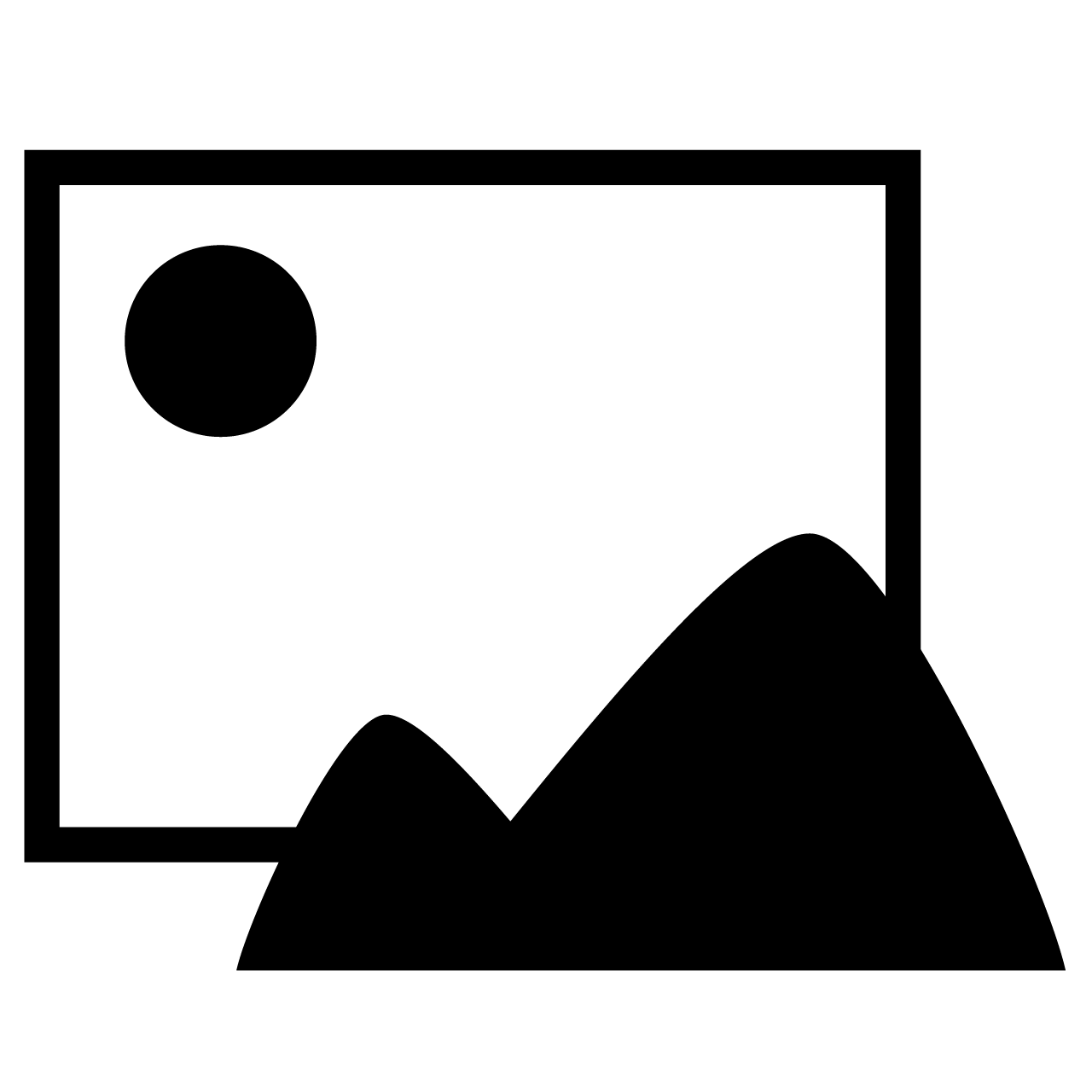
Analysis of jumps in a two-level system
// function AnalyzeTLS(inWave, decimation, minLifeTime, verbosity) // analyzes jumps in a two-level system // // Given an _inWave_ with the following characteristics: // - noisy data with two levels A (ground state) and B > A (excited state) (see #1 in code) // - both levels have approximately gaussian distribution (see assumption #2 in code) // - the ground state is occupied more often than the excited state (see #3 in code) // TwoStateAnalyze finds: // - where the jumps between A and B occur (output: EventStart) // - how long B is occupied in each case (output: LifeTime) // - how high the B level is above the mean A level in each case (output: EventLevel) // // Details and input parameters of AnalyzeTLS: // - first decimates the data to reduce noise // - set _decimation_ factor to 1 for no decimation // - then analyzes the histogram to find mean levels for A and B // - uses these mean levels to find (usually too many) candidate events via FindLevels // - uses a lifetime criterion to reject spurious events (too short) // - set _minLifeTime_ to the desired value (e.g., 4) // - prints results to history (_verbosity_ > 0) // - displays histogram and inWave, overlaid with colored events (_verbosity_ > 1) // // Original idea and first version by Xia Liu (Canada) // Rewritten by W. Harneit (Berlin, Germany) --- 2010/03/25 // function AnalyzeTLS(inWave, decimation, minLifeTime, verbosity) wave inWave // wave to analyze variable decimation // factor for downscaling original data (> 1) variable minLifeTime // minimum lifetime for event to be counted variable verbosity // v = 0: be quiet, v = 1: print results but no graphs // v > 1: also show histogram and colored data DFREF saveDF = GetDataFolderDFR() NewDataFolder/O/S root:Packages NewDataFolder/O/S TLSAnalysis DFREF pkgDF = GetDataFolderDFR() // step 1: downsample data (eliminates noise) string sampWaveName = NameOfWave(inWave)+"_samp" Duplicate/O inWave $sampWaveName wave sampWave = $sampWaveName Resample/DOWN=(decimation) sampWave // step 2: create histogram string histWaveName = NameOfWave(inWave)+"_hist" Make/N=100/O $histWaveName wave histWave = $histWaveName Histogram/B=1 sampWave, histWave if( verbosity > 1 ) DoWindow/K histGraph // kill histogram graph if it exists Display/N=histGraph histWave ModifyGraph log(left)=1 endif // step 3: analyze histogram WaveStats/M=1/Q histWave variable levelA = V_maxLoc, valA = V_max variable wid = levelA - leftx(histWave) // assume left (#1) peak is at edge (#2), and absolute maximum (#3) WaveStats/M=1/Q/R=(levelA + wid, inf) histWave // 2nd peak should be in this range variable levelB = V_maxLoc, valB = V_max if( verbosity > 0 ) printf "mean level(A) = %g (%g), mean level(B) = %g (%g)\r", levelA, valA, levelB, valB endif // step 4: curve fit histogram // MAY BE UNNECESSARY Duplicate/O histWave, $(histWaveName+"_wt") wave histWaveWeight = $(histWaveName+"_wt") histWaveWeight = sqrt(histWaveWeight) Make/D/O/N=6 histFitPara = {valA, levelA, wid/8, valB, levelB, wid/8} FuncFit/NTHR=0/Q DoubleGauss histFitPara histWave /W=histWaveWeight /I=1 /D if( verbosity > 1 ) ModifyGraph rgb[1] = (0,0,44444) // fit curve in blue endif // step 5: analyze histogram fit // MAY BE UNNECESSARY wave fitHistWave = $("fit_"+histWaveName) WaveStats/M=1/Q/R=(histFitPara[1],histFitPara[4]) fitHistWave variable minLevel = V_minLoc, minVal = V_min if( verbosity > 0 ) printf "threshold level = %g (%g)\r", minLevel, minVal endif if( minVal > 0.1 ) print "it is recommended to decimate more since the value at threshold is too high" endif // step 6: use FindLevels to evaluate events FindLevels/Q/DEST=Events sampWave, (levelA+levelB)/2 wave Events variable numEvents = numpnts(Events)/2 if( verbosity > 0 ) printf "found %g events in total\r", numEvents endif Redimension/N=(2, numEvents) Events SetDataFolder saveDF // want main output in "current" data folder Make/D/O/N=(numEvents) EventStart = Events[0][p], LifeTime = Events[1][p] - EventStart Make/D/O/N=(numEvents) EventLevel = mean(inWave, EventStart, EventStart+LifeTime) - levelA SetDataFolder pkgDF // back to our den // step 7: reject Events of too short duration (lifetime) variable n for( n = numEvents - 1; n >= 0; n -= 1 ) if( LifeTime[n] <= minLifeTime ) DeletePoints n, 1, LifeTime, EventStart, EventLevel endif endfor variable numValidEvents = numpnts(EventStart) if( verbosity > 0 ) printf "rejected %g events based on lifetime criterion (>%g)\r", numEvents-numValidEvents, minLifeTime endif // step 8: display original trace colorized (verbosity > 1) if( verbosity > 1 ) DoWindow/K DataGraph Display/N=DataGraph/W=(436.5,42.5,831,251) inWave string eventWaveName = NameOfWave(inWave)+"_events" Duplicate/O inWave $eventWaveName wave eventWave = $eventWaveName variable p1, p2 eventWave = 0 for( n = 0; n < numValidEvents; n += 1 ) p1 = x2pnt(inWave, EventStart[n]) p2 = x2pnt(inWave, EventStart[n] + LifeTime[n]) eventWave[p1,p2] += inWave endfor eventWave = eventWave > 0 ? eventWave : NaN AppendToGraph eventWave ModifyGraph rgb[1] = (0,0,44444) // valid events in blue endif SetDataFolder saveDF // KillDataFolder pkgDF end //histogram fitting to double gaussian to estimate the step location and stepsize Function DoubleGauss(w,x) : FitFunc Wave w Variable x return w[0]*exp(-((x-w[1])^2/(2*(w[2]^2))))+w[3]*exp(-((x-w[4])^2/(2*(w[5]^2)))) End

Forum

Support

Gallery
Igor Pro 10
Learn More
Igor XOP Toolkit
Learn More
Igor NIDAQ Tools MX
Learn More
